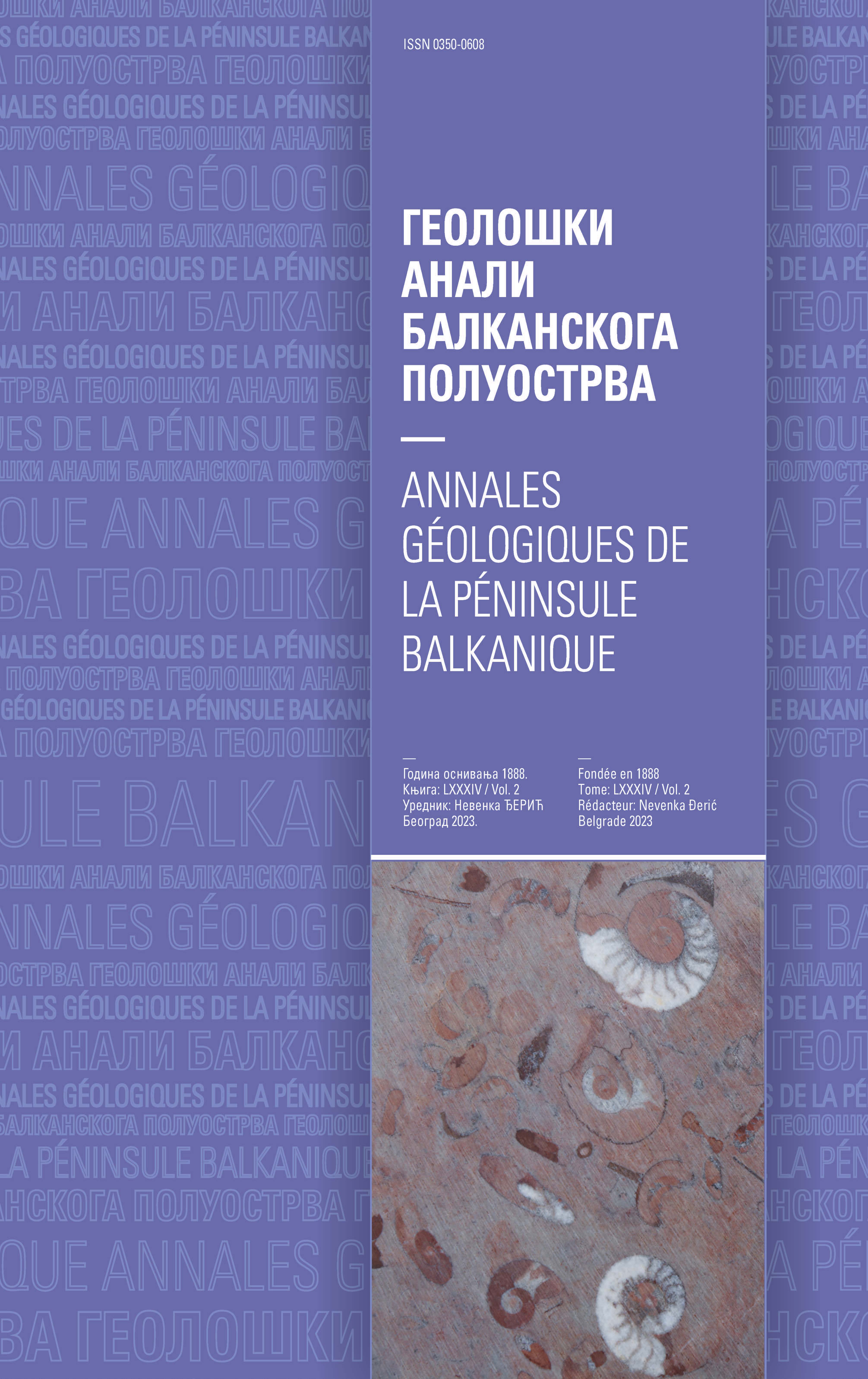Hazardous substances in Karst Aquifer Waters - One of the Results of the Operational Monitoring of Groundwater in Serbia
Abstract
Hydrogeological survey of wider Majdanpek mining area in the Carpathian mountain arch of eastern Serbia, including open mine pits, tailings sites, and major karstic springs and caves has been undertaken in order to estimate environmental conditions in groundwater body (GWB) “Krš–sever”, groundwater quality, and to investigate causes of their earlier indicated poor chemical status. Bearing in mind that Majdanpek copper mine field is directly bordering the karst aquifer and delineated GWB “Krš–sever”, the two karst springs namely Valja Fundata and Kaludjerica were in situmeasured and sampled in high and low-water periods (spring 2019, late autumn 2019 and spring 2020). Sampling and analysis of groundwater were carried out under the frame of project “Operational Monitoring of Groundwater of the Republic of Serbia”, established by the Ministry of Environmental Protection of Serbia. The field measurements of unstable chemical components and physical properties as well as laboratory analyses confirmed very poor and even hazardous water quality of both surveyed springs Valja Fundata and Kaludjerica. Registered concentrations of some ions, such as Fe2+, Mn2+, Ca2+, SO42– are high above maximal permitted level for potable water in Serbia. High turbidity rate also confirms impact of colloidal suspensions from the tailing which is located in karstic blind valley. Leakage of mine water passes through joints, open cavities and even large cave system Valja Fundata. Results of undertaken survey confirm that low-water period results with worse water quality and much higher concentration of hazardous substances than that characterized high-water season when infiltrated rainy water and/or melted snow dilute tailing’s wastewater. Strict application of environmental protection measures and de - sign/construction of the smaller water treatment facility at both surveyed springs should possibly mitigate the impacts of mining activities to karst groundwater and dependant ecosystem.
Copyright (c) 2020 Geološki anali Balkanskoga poluostrva

This work is licensed under a Creative Commons Attribution 4.0 International License.









